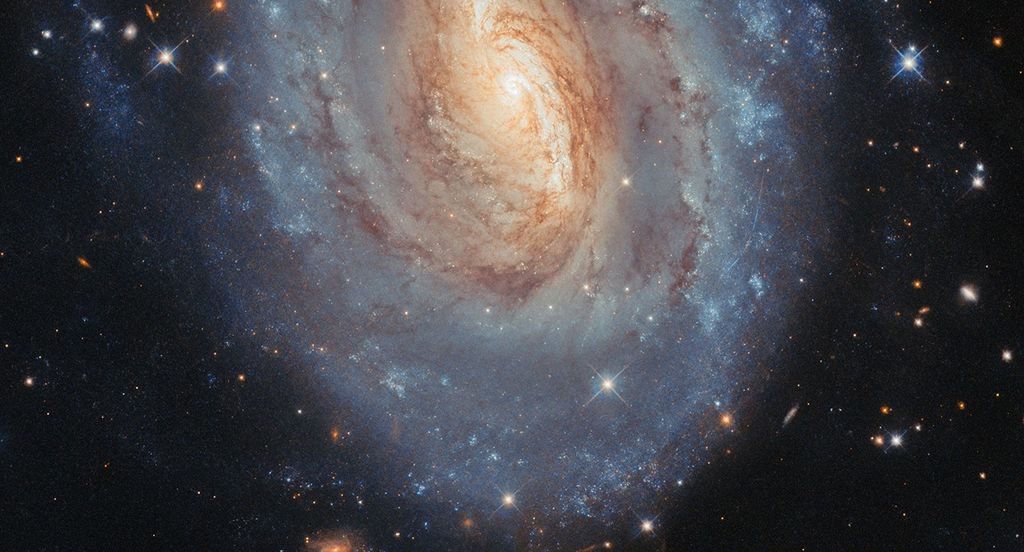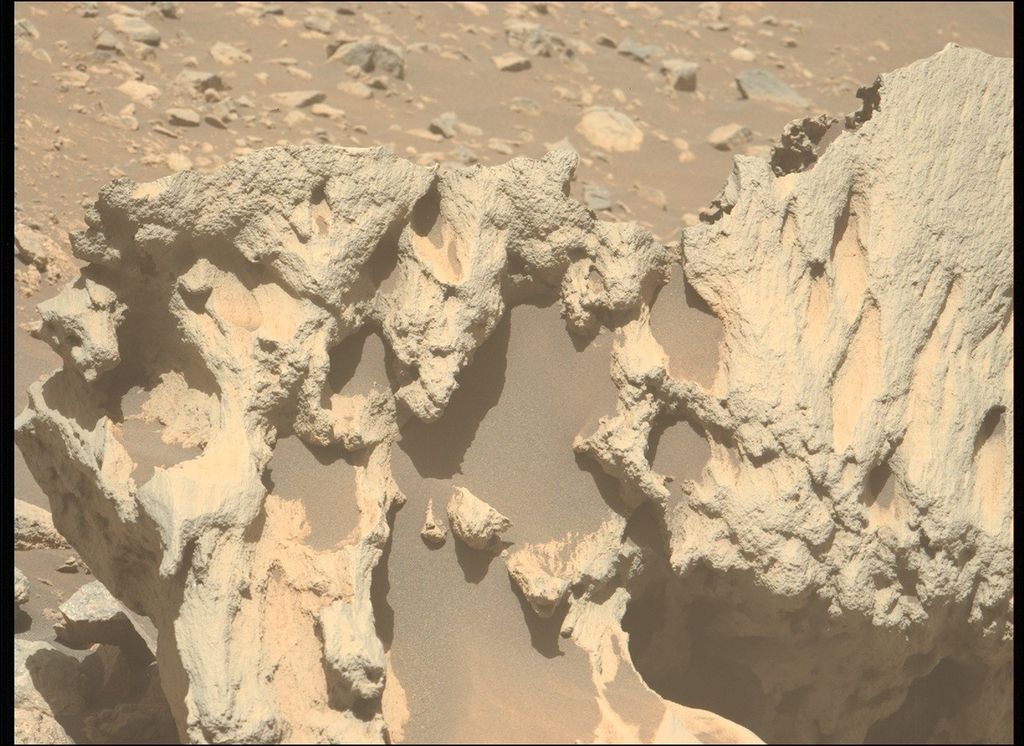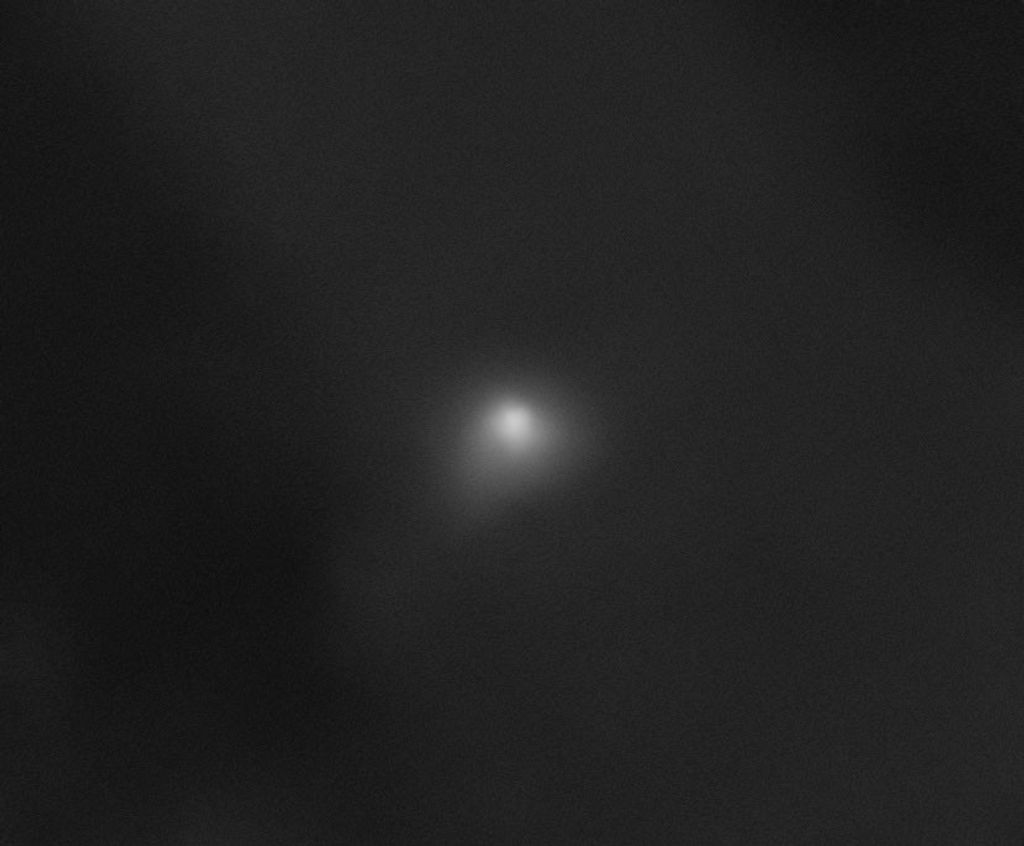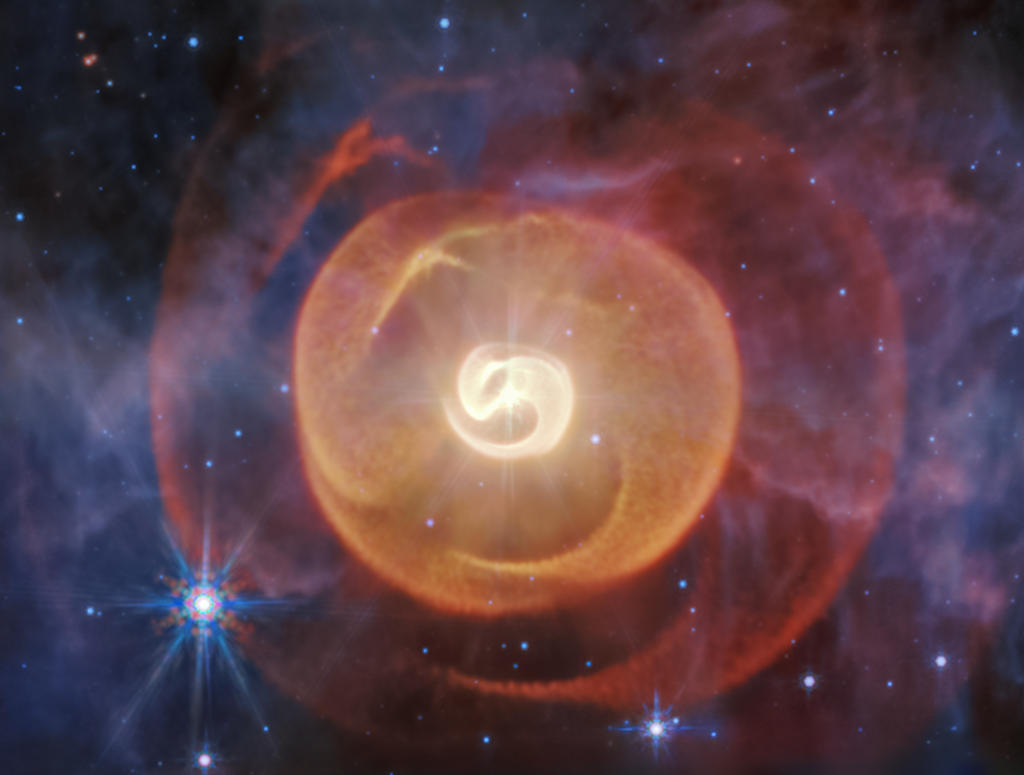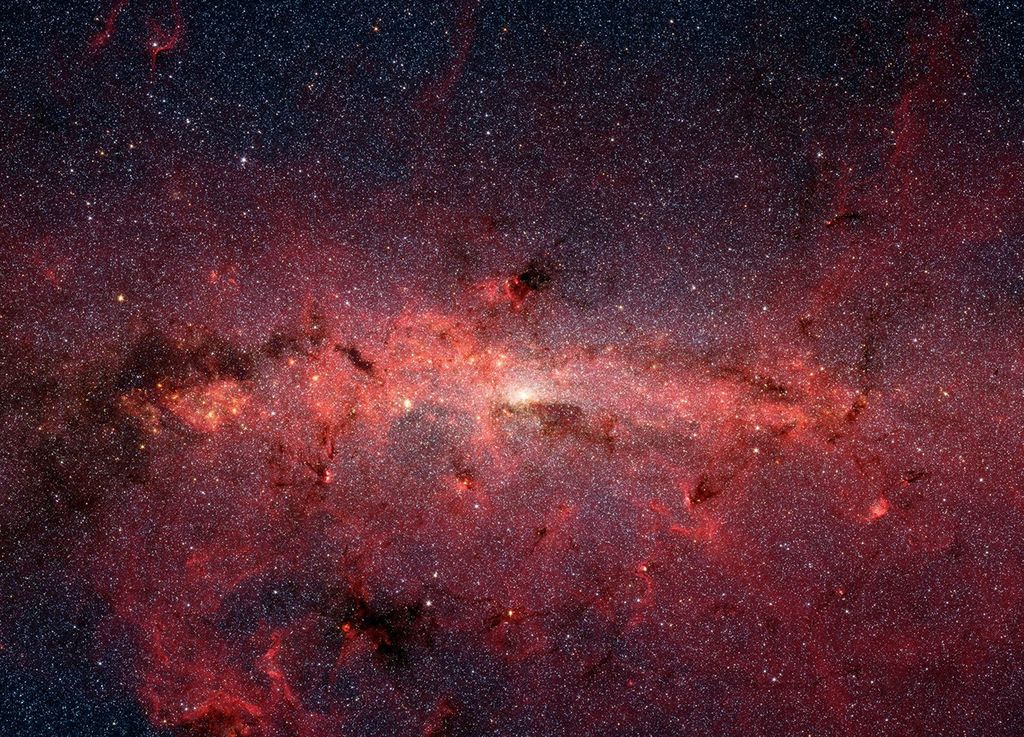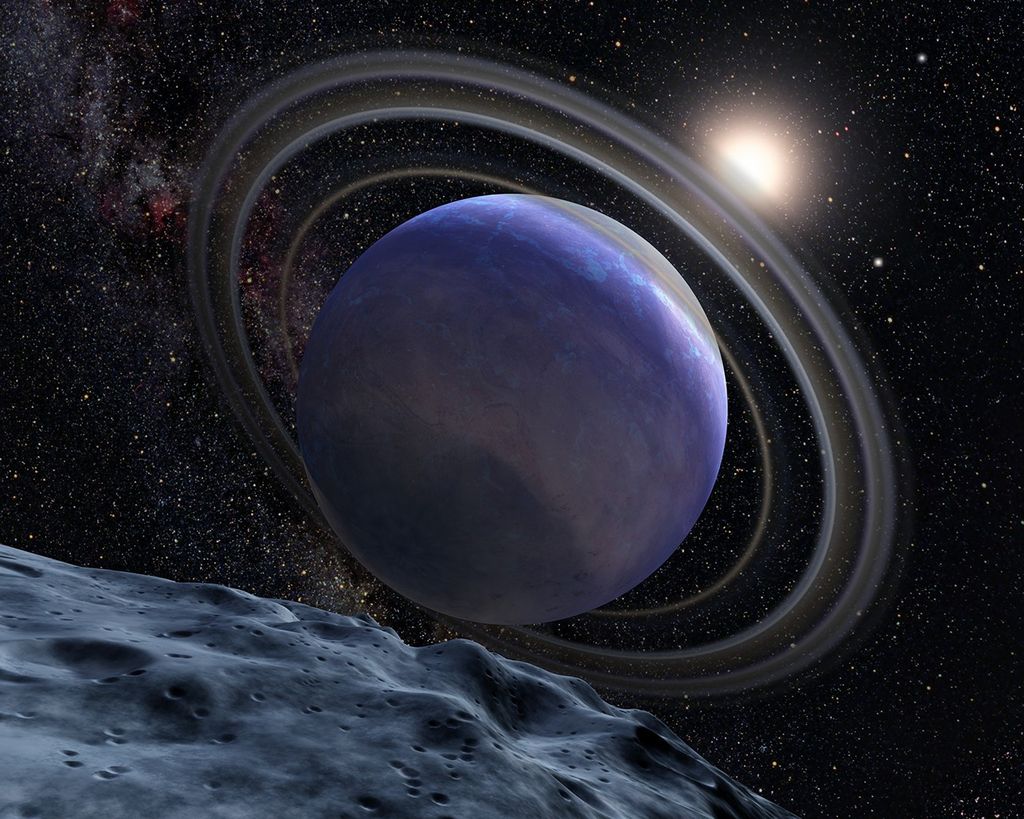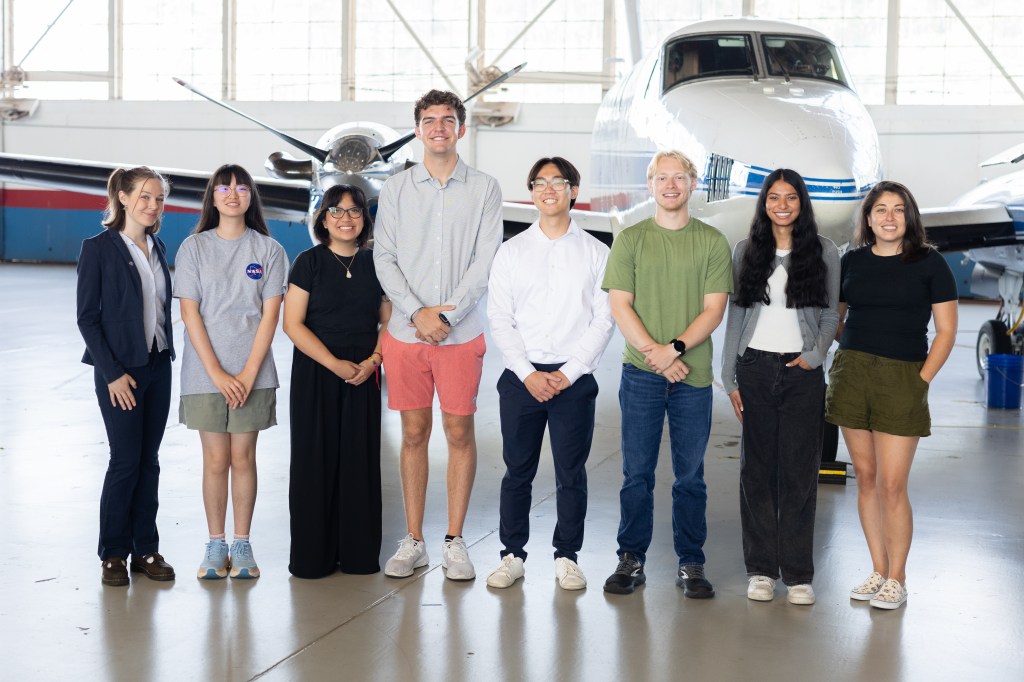Mission Studies
Cosmic Origins UV/Visible Astrophysics Mission Concepts Study
2012
About UV/Visible Astrophysics Mission Concepts Study
Science Objectives and Requirements for the Next NASA UV/Visible Astrophysics Mission Concepts
The National Aeronautics and Space Administration, through the Astrophysics Division and its Cosmic Origins (COR) Program, is soliciting information through this Request for Information (RFI) pertaining to potential ultraviolet (UV) and visible wavelength astrophysics science investigations.
Cosmic Origins UV/Visible Astrophysics Mission Concepts Workshop and Meeting about Science Objectives and Requirements for the Next NASA UV/Visible Astrophysics Mission Concepts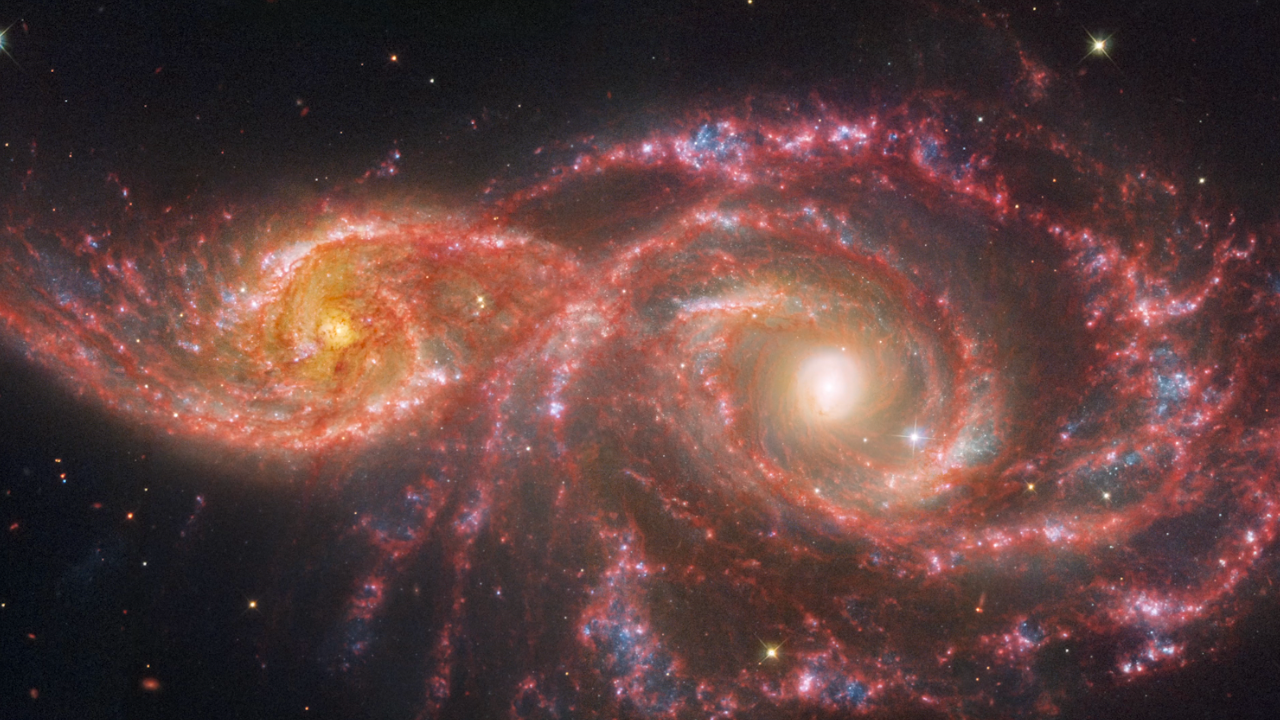
On 25 May 2012, NASA released a Request for Information (RFI), NNH12ZDA008L, to solicit information pertaining to potential ultraviolet (UV) and visible wavelength astrophysics science investigations.
Specifically, NASA sought information that can be used to develop a cohesive set of science goals that motivate and support the development of the next generation of UV/Visible space astrophysics missions and requisite technologies. Information could include broad science goals, justifications for investigation that support Cosmic Origins science goals, specific measurements or proxy observing plans for well-defined astrophysical experiments, or any aspect of scientific inquiry in the UV/Visible that supports the above Cosmic Origins goals.
On 10 August 2012, this solicitation closed. A total of 34 compliant responses were submitted. In the document, Scientific Objectives for UV/visible Astrophysics Investigations: a Summary of Responses by the Community (2012), we summarize the submissions from the point of view of top-level science performance drivers (such as wavelength range, field of view, or the requirement for temporal sampling) in order to provide a means of quick comparison between responses. This summary is not guaranteed to be comprehensive and is the result of subjective analysis of the responses. Any errors are ours alone and shall be corrected online to provide the most accurate list possible.
A community workshop will be held at the Space Telescope Science Institute (STScI) on 18 September 2012 to discuss these responses, and to work toward a cohesive set of science drivers for the next NASA UV/Visible mission concepts. This workshop can be attended virtually or in person.
The process of handling this RFI was accomplished by several people whose contributions we acknowledge here: Mario Perez (COR Program Scientist), John Gagosian (COR Program Executive), Ruth Carter (UV/Visible Study Manager), Beth Keer (COR Deputy Program Manager), Pat Tyler, Aaron McClesky, Michele Smith, and Susan Keddie.
We wish to thank the 222 individual respondents identified in the RFI submissions. It is a testimony to the vibrancy of the field that so many people contributed to this effort.
| Dominic Benford Chief Scientist Cosmic Origins Program Office | Susan Neff Deputy Chief Scientist Cosmic Origins Program Office |
| August 29, 2012 |
Submissions in Response to the RFI
| Title | Submitted by | Document |
|---|---|---|
| How Do Molecules and Dust Form in Massive Interacting Winds? | Theodore Gull | [PDF] |
| The Importance of White Dwarf Stars as Tests of Stellar Physics and Galactic Evolution | Judith Provencal | [PDF] |
| The Origin of the Elements Heavier than Iron | James Lawler | [PDF] |
| UVMag: Stellar Physics with UV and Visible Spectropolarimetry | Coralie Neiner | [PDF] |
| Response to Request for Information: NNH12ZDA008L | Richard Ignace | [PDF] |
| Mass Transport Processes and Their Roles in the Formation, Structure, and Evolution of Stars and Stellar Systems | Kenneth Carpenter | [PDF] |
| Understanding Global Galactic Star Formation | Paul Scowen | [PDF] |
| The Magellanic Clouds Survey — a Bridge to Nearby Galaxies | Paul Scowen | [PDF] |
| Massive Stars: Key to Solving the Cosmic Puzzle | Aida Wofford | [PDF] |
| Conditions for Life in the Local Universe | Martin Barstow | [PDF] |
| The History of Star Formation in Galaxies | Thomas Brown | [PDF] |
| Space-Based UV/Optical Wide-Field Imaging and Spectroscopy: Near-Field Cosmology and Galaxy Evolution Using Globular Clusters in Nearby Galaxies | Paul Goudfrooij | [PDF] |
| The Crucial Role of High Spatial Resolution, High Sensitivity UV Observations to Galaxy Evolution Studies | Benjamin Williams | [PDF] |
| A Census of Local Group Ultraviolet Dust Extinction Curves | Karl Gordon | [PDF] |
| The Baryon Census in a Multiphase Intergalactic Medium | Michael Shull | [PDF] |
| Quasar Absorption Lines in the Far Ultraviolet: An Untapped Gold Mine for Galaxy Evolution Studies | Todd Tripp | [PDF] |
| Seeking Into the Anthropic Principle | Ana Gomez de Castro | [PDF] |
| The Escape Fraction of Ionizing Photons from Dwarf Galaxies | Claudia Scarlata | [PDF] |
| Science from IGM/CGM Emission Mapping | David Schiminovich | [PDF] |
| Project Lyman: Quantifying 11 Gyrs of Metagalactic Ionizing Background Evolution | Stephan McCandliss | [PDF] |
| Synergistic Astrophysics in the Ultraviolet using Active Galactic Nuclei | Gerard Kriss | [PDF] |
| Active Galactic Nuclei and Their role in Galaxy Formation and Evolution | Steven Kraemer | [PDF] |
| UV Spectroscopic Time Domain Studies of Active Galactic Nuclei | Bradley Peterson | [PDF] |
| Extragalactic Lyman-Alpha Experiments in the Nearby Universe | Matthew Hayes | [PDF] |
| Galaxy Assembly and SMBH/AGN-Growth from Cosmic Dawn to the End of Reionization | Paul Scowen | [PDF] |
| A UV/Optical/Near-IR Spectroscopic Sky Survey for Understanding Galaxy Evolution | Sara Heap | [PDF] |
| An Optical and Ultraviolet Cosmological Mapper | Olivier Doré | [PDF] |
| Exoplanet Science of Nearby Stars on a UV/Visible Astrophysics Mission | Charley Noecker | [PDF] |
| Ultraviolet Imaging of Exoplanets | Timothy Cook | [PDF] |
| From Protoplanetary Disks to Extrasolar Planets: Understanding the Life Cycle of Circumstellar Gas with Ultraviolet Spectroscopy | Kevin France | [PDF] |
| Solar System Science Objectives with the Next UV/Optical Space Observatory | Michael Wong | [PDF] |
| Science Drivers for a Wide-Field, High-Resolution Imaging Space Telescope Operating at UV/Blue Optical Wavelengths | Patrick Côté | [PDF] |
| Unique Astrophysics in the Lyman Ultraviolet | Jason Tumlinson | [PDF] |
| White Paper In Response To NSPIRES RFI For The Next Generation Space UV-Vis Space Observatory (NG-SUVO) | Melville Ulmer | [PDF] |
Downloads
Scientific Objectives for UV/visible Astrophysics Investigations: a Summary of Responses by the Community (2012)
Science Objectives and Requirements for the Next NASA UV/Visible Astrophysics Mission Concepts Table
News Straight to Your Inbox
Subscribe to your community email news list
We will never share your email address.


